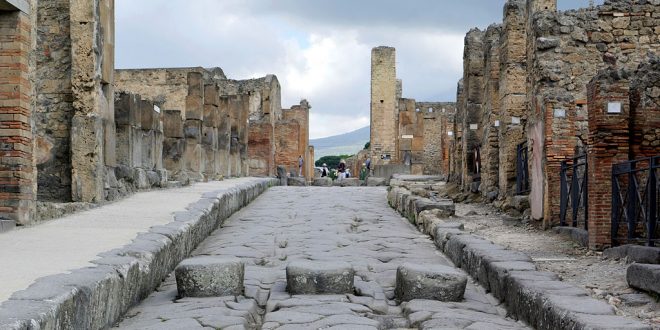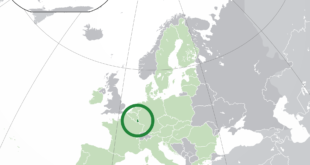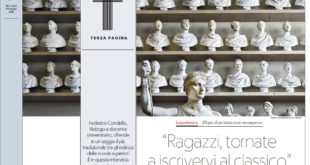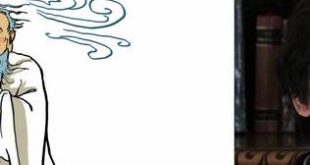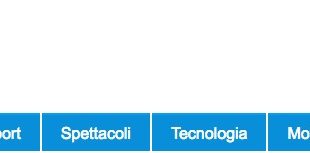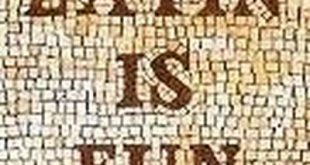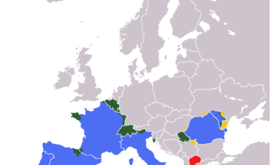Louise Zarmati, de l’Université de Tazmanie, explique comment l’Etat du New South Wales, en Australie, a décidé de faire des villes de Pompéei et Herculanum des thèmes centraux des programmes éducatifs d’Histoire Antique, et comment, de fait, une véritable « Pompéi-mania » s’est emparé de tous les maillons de l’éducation : élèves, enseignants, manuels…
Each year around 11,000 teenagers in the Australian state of New South Wales study the archaeological sites of Pompeii and Herculaneum as a compulsory topic in the senior school subject of Ancient History. Students examine written and archaeological evidence of the everyday lives of ancient people, the eruption of Mount Vesuvius, and how the sites were rediscovered and excavated. Most importantly, they learn to critically examine ethical issues relating to the conservation, reconstruction and interpretation of Pompeii and Herculaneum and how they affect tourism and heritage management in Italy today. The topic has become so popular that it can best be described as a ‘Pompeii-mania’ which has spawned a thriving ‘industry’ of conferences, textbooks, university courses and even school trips to Italy. In this paper I explain how ‘Pompeii-mania’ developed, its impact on teachers and students, and provide evidence of its influence on students’ choices of university subject.
Lire l’article complet : http://www.archeostoriejpa.eu/2017_3a/
 Arrête ton char Langues & Cultures de l'Antiquité
Arrête ton char Langues & Cultures de l'Antiquité
